Home>Articles>How Many Yards Of Fabric Are Needed For A King Size Quilt
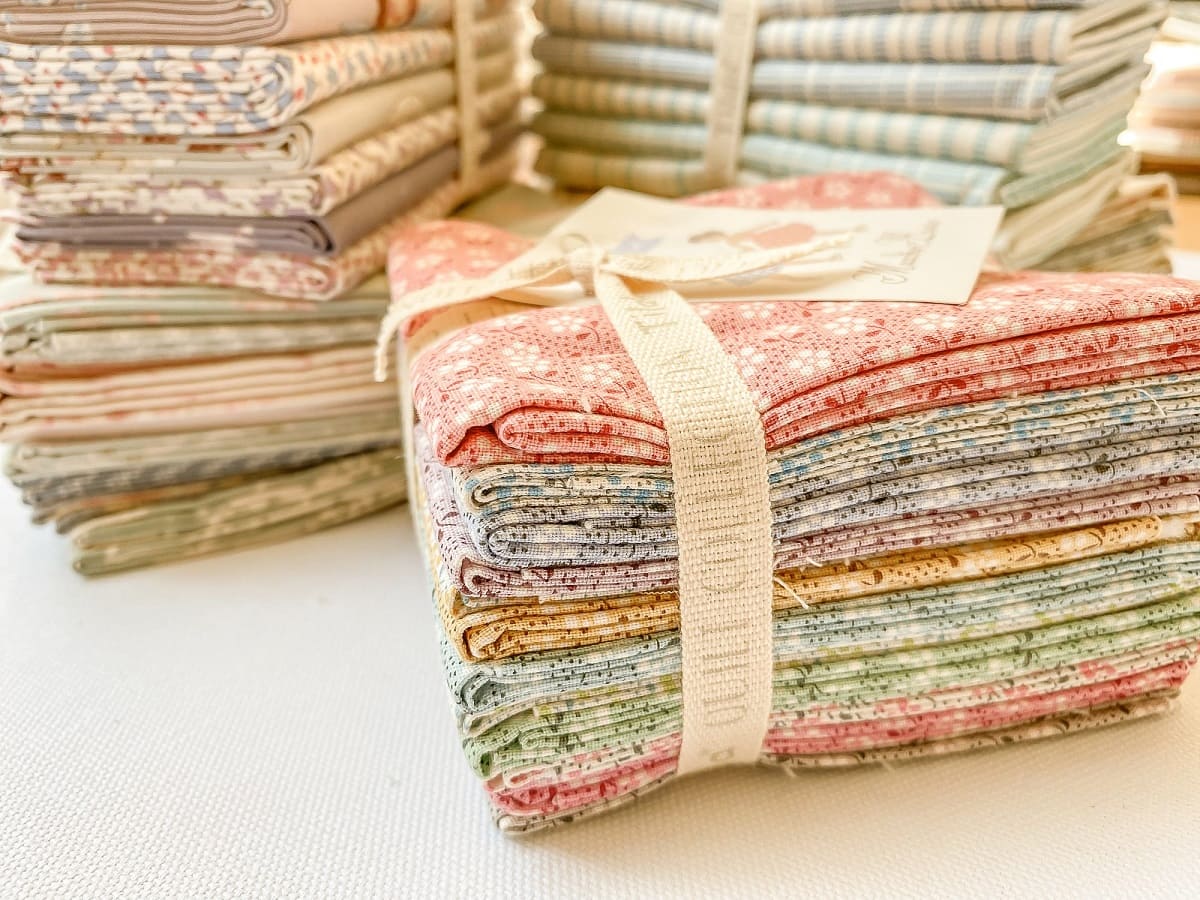

Articles
How Many Yards Of Fabric Are Needed For A King Size Quilt
Modified: May 6, 2024
Discover the perfect yardage of fabric required to create a stunning king size quilt with our informative articles. Uncover helpful tips and tricks to ensure a successful quilting project.
(Many of the links in this article redirect to a specific reviewed product. Your purchase of these products through affiliate links helps to generate commission for Storables.com, at no extra cost. Learn more)
Introduction
Welcome to the world of quilting! Quilting is a timeless art form that allows us to create beautiful and cozy pieces that not only keep us warm but also serve as unique expressions of our creativity. If you’re venturing into the world of quilting for the first time, you may be wondering how much fabric you’ll need to create a king-size quilt. In this article, we’ll explore the answer to that question and provide you with some useful tips to guide you along the way.
Quilts come in various sizes, from small baby quilts to larger bed-sized quilts. King-size quilts, as the name suggests, are designed to fit a king-size bed, which measures approximately 76 inches by 80 inches. Creating a quilt of this size requires careful planning and consideration, especially when it comes to sourcing the right amount of fabric.
One of the first steps in creating a king-size quilt is choosing a design. Quilting designs can range from simple patchwork blocks to intricate appliqué patterns. Your choice of design will greatly impact the amount of fabric you’ll need. Some designs may require more fabric due to larger block sizes or the presence of borders, while others may use less fabric due to smaller block sizes or a lack of borders.
To accurately calculate the fabric requirements for your king-size quilt, you’ll need to take several factors into account. These factors include the size of the blocks, the number of blocks, the presence of sashing and borders, and the desired backing fabric. By considering these factors and making a few simple calculations, you can ensure that you have enough fabric to complete your project.
In the next sections, we’ll delve deeper into the process of choosing a quilt design and calculating the fabric requirements for a king-size quilt. We’ll also discuss additional considerations to keep in mind as you embark on your quilting journey. So, let’s dive in and explore the world of king-size quilt making!
Key Takeaways:
- When creating a king-size quilt, carefully consider the design, block size, and fabric requirements for blocks, sashing, borders, and backing to ensure you have enough fabric to complete your project.
- Factors such as directional prints, seam allowances, and quilting method can affect fabric yardage, so make accurate calculations and consider additional tips like pre-washing fabric and joining quilting communities for support.
Understanding King Size Quilts
Before we delve into the specifics of fabric requirements for a king-size quilt, let’s take a moment to understand what exactly constitutes a king-size quilt. As mentioned earlier, a king-size bed typically measures around 76 inches by 80 inches. To ensure that your quilt covers the entire bed and drapes over the sides, it is recommended to make the quilt slightly larger than the mattress dimensions.
A king-size quilt is usually made up of a combination of blocks sewn together. These blocks can vary in size and design, depending on the overall quilt pattern you choose. When selecting a design, consider the visual impact you want to achieve, as well as the level of complexity you’re comfortable with.
When it comes to traditional quilt sizes, king-size quilts typically have larger blocks compared to smaller quilts. This is because larger blocks help cover a larger area more efficiently. However, there are no hard and fast rules, and you can certainly get creative with the block sizes and overall layout of your king-size quilt.
In addition to the blocks, king-size quilts often feature sashing and borders. Sashing refers to the strips of fabric that separate individual blocks and create a visual break between them. Borders, on the other hand, frame the quilt and add a finishing touch. You can choose to include sashing and borders in your king-size quilt design or opt for a more minimalist approach.
Now that we have a better understanding of what constitutes a king-size quilt and the various elements it consists of, let’s move on to the next step – choosing a quilt design. The design you choose will not only impact the overall aesthetic of your quilt but also play a crucial role in determining the amount of fabric you’ll need.
Choosing the Quilt Design
When it comes to choosing a quilt design for your king-size quilt, the options are virtually endless. From traditional patchwork patterns to modern appliqué designs, the choice ultimately depends on your personal style and preferences. However, there are a few factors to consider that can help you narrow down your options.
First and foremost, consider the overall theme or aesthetic you want to achieve with your quilt. Are you drawn to a more traditional or contemporary look? Do you prefer geometric patterns, floral motifs, or something more abstract? By having a clear vision of the style you want, you can easily filter through the countless quilt designs available.
Next, consider your skill level and quilting experience. If you’re a beginner, it might be best to choose a simpler quilt design with basic block patterns. This will allow you to gain confidence and practice your piecing and quilting skills. On the other hand, if you’re an experienced quilter, you can challenge yourself with more intricate designs and techniques.
Take into account the size of the blocks as well. Larger blocks can make the construction process faster, and they are well-suited for king-size quilts where you want to cover a larger area efficiently. However, if you prefer a more intricate look, you can opt for smaller blocks and create a design that is visually captivating.
Consider the overall layout of your quilt as well. Are you envisioning a symmetrical design with blocks placed in a consistent grid pattern? Or do you want a more organic and random arrangement? The layout will impact the number and size of blocks required, as well as the amount of fabric needed for borders and sashing, if included.
Lastly, think about the color scheme and fabric patterns you want to incorporate into your quilt design. Do you want a monochromatic look or a vibrant mix of colors? Choosing a color palette that suits your taste and complements your bedroom decor is important when creating a king-size quilt that will be the centerpiece of your bed.
By considering these factors – style, skill level, block size, layout, and color scheme – you can narrow down your options and choose a quilt design that resonates with you. Once you have a design in mind, you can move on to calculating the fabric requirements for your king-size quilt.
Calculating Fabric Requirements
Calculating the fabric requirements for your king-size quilt is an essential step to ensure that you have enough fabric to complete your project. By taking accurate measurements and considering the design elements of your quilt, you can determine the amount of fabric needed for each component: blocks, sashing, borders, and backing.
Start by determining the size of your blocks. Measure the finished size of the block, taking into account any seam allowances. Multiply the length and width of the block to get the square inches. Then, divide that number by 144 to get the required square yards. Repeat this calculation for each block in your design.
Once you have the fabric requirements for the blocks, you can move on to calculating the necessary fabric for sashing and borders. Measure the length and width of each sashing strip and each border strip. Multiply these measurements by the number of strips needed. Then, add these measurements together to get the total length of fabric needed for sashing and borders. Convert this length to the required yardage.
For the backing fabric, measure the width and length of your quilt top. Add a few inches to each measurement to account for any shrinkage or quilting adjustments. Multiply these measurements together to get the total square inches of fabric needed. Then, divide that number by 144 to convert it to square yards.
When calculating fabric requirements, it’s always a good idea to add a little extra to account for any mistakes, pattern matching, or future repairs. Adding 10-15% to the calculated yardage should provide a sufficient buffer.
Remember that fabric comes in various widths, typically 42-44 inches for quilting cotton. If your design requires fabric wider than the standard width, adjust the calculations accordingly. Also, keep in mind that directional prints may require additional fabric to ensure the pattern is oriented correctly.
Once you have determined the fabric requirements for each component of your king-size quilt, you can make a shopping list and purchase the necessary materials. Having an accurate estimate of the fabric yardage needed will not only save you from multiple trips to the store but also help you stay within your budget.
In the next section, we’ll explore some additional factors that can affect fabric yardage and share a sample calculation to illustrate the process. So, let’s continue on our quilting journey and delve deeper into the world of king-size quilts!
A standard king size quilt typically requires around 8-9 yards of fabric for the top and backing, plus additional fabric for the binding and any borders. Be sure to account for any pattern or design considerations when calculating yardage.
Factors Affecting Fabric Yardage
When calculating fabric requirements for your king-size quilt, it’s important to consider several factors that can affect the amount of fabric needed. Taking these factors into account will help you make accurate calculations and ensure you have enough fabric to complete your quilt.
1. Quilt Design: The design you choose will greatly impact the fabric yardage. Some designs may require more fabric due to larger block sizes, the presence of borders, or intricate piecing. On the other hand, simpler designs with smaller blocks may use less fabric.
2. Block Orientation: If your quilt design includes directional prints or patterns, you may need to purchase extra fabric to ensure the prints are properly oriented. This is especially important for blocks that have a clear top or bottom orientation.
3. Fabric Repeat: If your fabric has a large repeat or pattern that needs to match across blocks or borders, you will require additional fabric to accommodate for this. Consider the repeat size and pattern placement when calculating yardage.
4. Seam Allowance: Remember to include the seam allowance when measuring and calculating fabric requirements. Cutting multiple blocks from the same piece of fabric may result in slightly different measurements due to seam allowances.
5. Quilting Pattern: If you plan to quilt your king-size quilt on a long-arm machine or send it out to be professionally quilted, you may need to purchase extra fabric for backing to allow for the additional tension and movement during quilting.
6. Fussy Cutting: If your design requires precise placement of motifs or specific parts of the fabric, you may need to purchase extra fabric to accommodate for fussy cutting. This technique ensures the desired part of the fabric is showcased in each block.
7. Stash Fabric: If you plan to incorporate fabric from your stash into the quilt, take stock of what you have and carefully consider how it will fit into the overall design. Assess the yardage and adjust your calculations accordingly.
8. Selvage to Selvage Measurements: Take into account the selvage to selvage width of your chosen fabric. Most quilting cotton is around 42-44 inches wide, but some wider fabrics may require you to adjust your calculations.
By considering these factors, you can ensure that your fabric yardage calculations are more accurate and account for any potential variations or specific requirements of your quilt design. Now, let’s move on to a sample calculation to illustrate how the fabric yardage is determined.
Sample Calculation
Let’s walk through a sample calculation to illustrate how to determine the fabric requirements for a king-size quilt. For this example, let’s consider a quilt design with 12-inch finished blocks, a sashing width of 2 inches, and a border width of 6 inches.
Start by calculating the fabric requirements for the blocks. Since the finished block size is 12 inches, including a quarter-inch seam allowance on each side, the blocks will measure 12.5 inches square. Multiply the length and width of the block (12.5 inches) to get the square inches: 156.25 square inches. Divide this by 144 to convert it to square yards: approximately 1.08 square yards per block.
Next, calculate the fabric requirements for the sashing. If we have a total of 10 vertical sashing strips and 8 horizontal sashing strips, each measuring 2 inches in width, we can multiply the width by the number of strips for each direction. In this case, the vertical sashing would require 20 inches (2 inches x 10 strips) and the horizontal sashing would require 16 inches (2 inches x 8 strips). Convert these measurements to yards: the vertical sashing requires approximately 0.56 yards, and the horizontal sashing requires approximately 0.44 yards.
For the borders, if we have two horizontal borders and two vertical borders, each measuring 6 inches in width, we can multiply the width by 2 (for the two borders in each direction). The total length of fabric needed for borders would be 12 inches (6 inches x 2 borders). Converting this to yards, the borders would require approximately 0.33 yards.
Finally, calculate the fabric requirements for the backing. Assuming the quilt dimensions are 80 inches by 90 inches, add a few inches to each measurement for shrinkage and quilting adjustments. Let’s round up to 84 inches by 94 inches. Multiply the length and width (in inches) to get the total square inches: 7,896 square inches. Divide this by 144 to convert it to square yards: approximately 54.83 square yards.
Adding up the fabric requirements for each component, the total fabric yardage needed for this sample king-size quilt would be approximately 1.08 square yards for blocks, 0.56 yards for vertical sashing, 0.44 yards for horizontal sashing, 0.33 yards for borders, and 54.83 square yards for backing.
Remember, these calculations are just an example, and the fabric requirements will vary based on your specific quilt design and measurements. Always double-check your calculations and consider any additional factors that may affect the fabric yardage needed for your king-size quilt.
Now that we have a better understanding of calculating fabric requirements, let’s explore some additional considerations to keep in mind as you embark on your king-size quilting project.
Additional Considerations
As you embark on your king-size quilting project, there are a few additional considerations to keep in mind to ensure a successful and enjoyable quilting experience.
1. Fabric Pre-washing: Before you begin cutting and sewing your fabric, it is recommended to pre-wash it to remove any residual dyes and shrinkage. This will help prevent any unwanted surprises when laundering the finished quilt. If you choose not to pre-wash, be mindful that the quilt might shrink slightly after its first wash.
2. Fabric Quality: Choosing high-quality quilting cottons will not only result in a beautiful finished quilt but also ensure that your quilt stands the test of time. Look for fabrics with tightly woven threads and a soft hand feel. Quilting cottons are typically the best choice due to their durability and wide range of prints and colors.
3. Color Fastness: If you plan to incorporate different fabrics with varying colors and prints in your king-size quilt, be sure to check their color fastness. Some fabrics may bleed or fade during washing, which could affect the overall appearance of your quilt. Consider using color catchers or pre-testing fabrics to prevent any color transfer.
4. Quilting Method: Consider how you plan to quilt your king-size quilt. If you’re a beginner, you might opt for simple straight-line quilting or free-motion quilting. For more intricate designs, you may choose to send your quilt to a professional long-arm quilter. Plan your quilt design accordingly to accommodate your chosen quilting method.
5. Binding: Don’t forget to factor in the fabric requirements for binding your quilt. Binding adds a finished edge to your quilt and completes the look. Consider using a coordinating fabric or creating your own binding from leftover fabrics to add a personalized touch.
6. Quilting Tools: Investing in quality quilting tools, such as rotary cutters, rulers, and a cutting mat, will make the cutting and piecing process smoother and more precise. These tools will help you achieve accurate measurements and clean edges in your quilt blocks.
7. Quilting Community: Don’t hesitate to join online quilting communities or local quilting groups. These communities are full of experienced quilters who can provide valuable advice, inspiration, and encouragement along your quilting journey. Sharing your progress and seeking feedback can be incredibly helpful and motivating.
Remember, quilting is a labor of love, and creating a king-size quilt is a rewarding endeavor. Embrace the process, enjoy the journey, and celebrate the completion of your masterpiece. Your king-size quilt will not only provide warmth and comfort but also serve as a personal expression of your creativity and skill.
Now that you are armed with the knowledge of fabric requirements, design considerations, and additional tips, it’s time to gather your supplies and start piecing together your dream king-size quilt. Happy quilting!
Conclusion
Congratulations on completing your journey through the world of king-size quilts! We’ve explored the various aspects of creating a king-size quilt, from understanding the dimensions and design elements to calculating fabric requirements and considering additional factors. Armed with this knowledge, you are now ready to embark on your quilting adventure.
Remember to choose a design that suits your style and skill level, taking into account factors such as block size, layout, and color scheme. Consider the fabric requirements for each component, including blocks, sashing, borders, and backing, and make accurate calculations to ensure you have enough fabric to complete your quilt.
Take into account factors that may affect fabric yardage, such as directional prints, fussy cutting, and seam allowances. Consider pre-washing your fabric and using high-quality materials for a well-crafted and long-lasting quilt. Don’t forget to plan for binding and be mindful of your chosen quilting method.
Throughout your quilting journey, join quilting communities, seek inspiration, and share your progress with others who share your passion. Quilting is not only a creative outlet but also a way to connect with fellow quilters and learn from each other’s experiences.
Quilting a king-size quilt may be a time-consuming and intricate process, but the end result will be a stunning piece of art that adds warmth, comfort, and beauty to your bedroom. Embrace the process, enjoy every stitch, and celebrate the completion of your masterpiece.
Now, armed with the knowledge and tips you’ve gained, it’s time to gather your fabric, thread, and quilting tools and embark on this exciting quilting adventure. Settle in, let your creativity flow, and let your king-size quilt become a true reflection of your skills and style.
So, go forth and create your own king-size quilt, knowing that you have the expertise to calculate fabric requirements, choose a design that speaks to you, and bring your vision to life. Happy quilting!
Now that you're equipped with knowledge on how much fabric is needed for a king size quilt, why stop there? Dive into our next feature, which showcases the 13 Best King Size Quilts for 2024. Whether you're updating your bedroom or searching for cozy, stylish options, this guide will help you find the perfect quilt to complement your decor and enhance your comfort. Don't miss out on this opportunity to discover your next favorite quilt!
Frequently Asked Questions about How Many Yards Of Fabric Are Needed For A King Size Quilt
Was this page helpful?
At Storables.com, we guarantee accurate and reliable information. Our content, validated by Expert Board Contributors, is crafted following stringent Editorial Policies. We're committed to providing you with well-researched, expert-backed insights for all your informational needs.

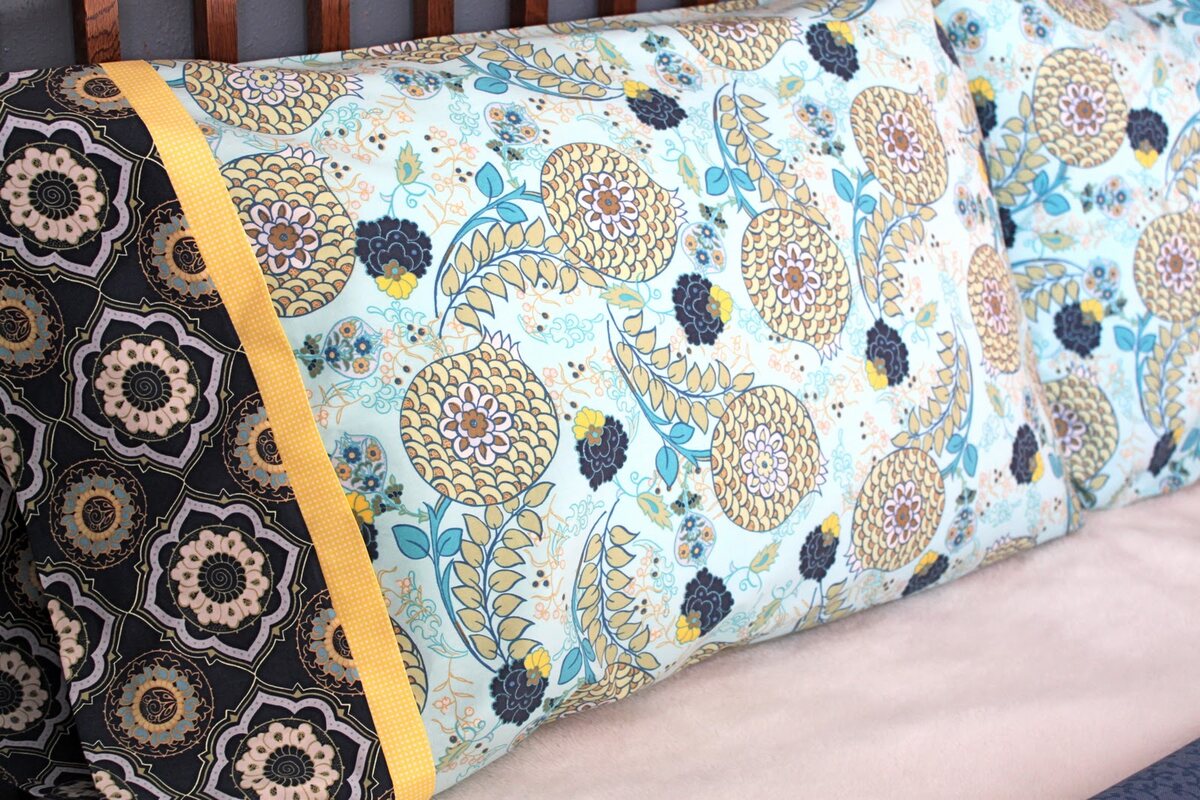
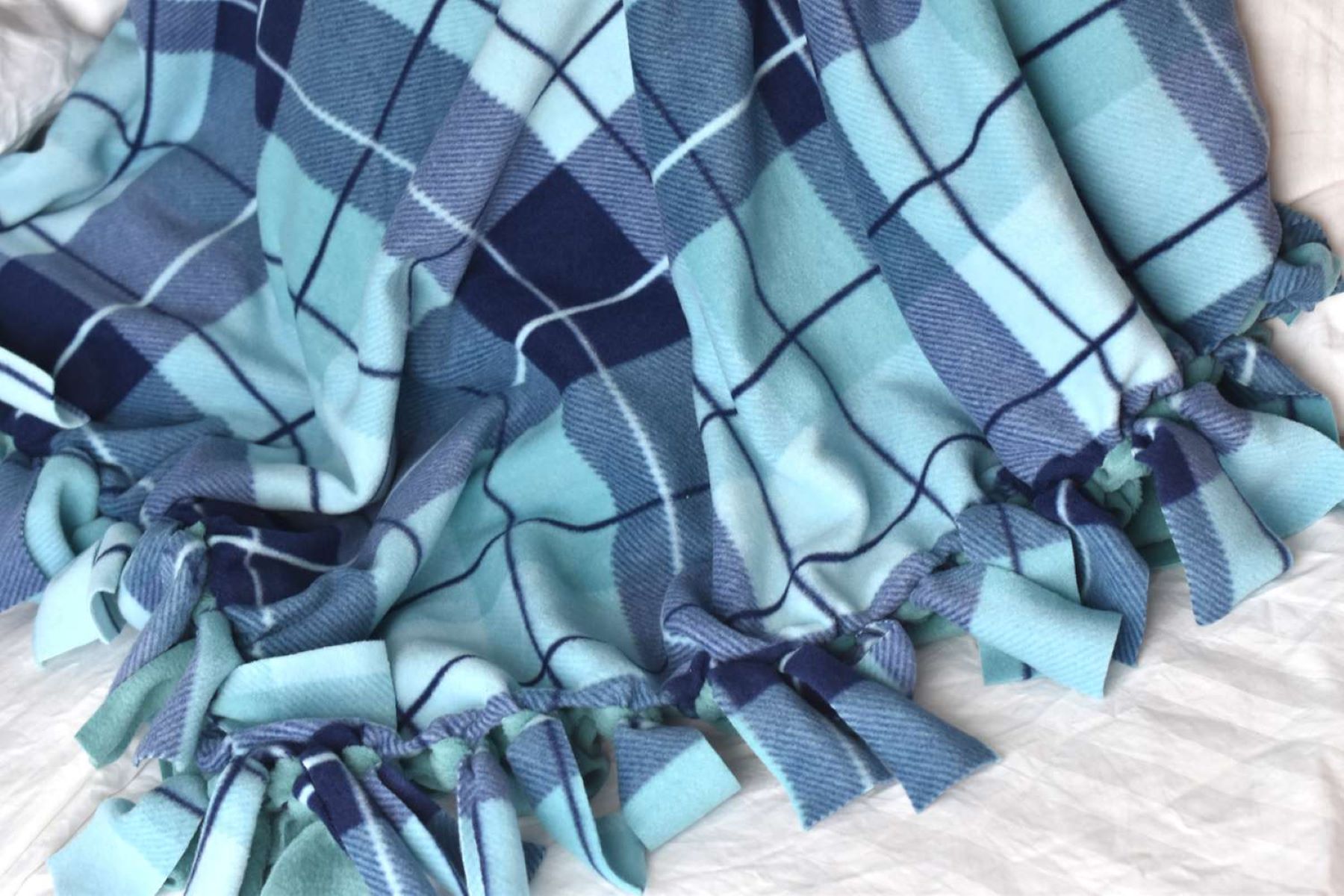
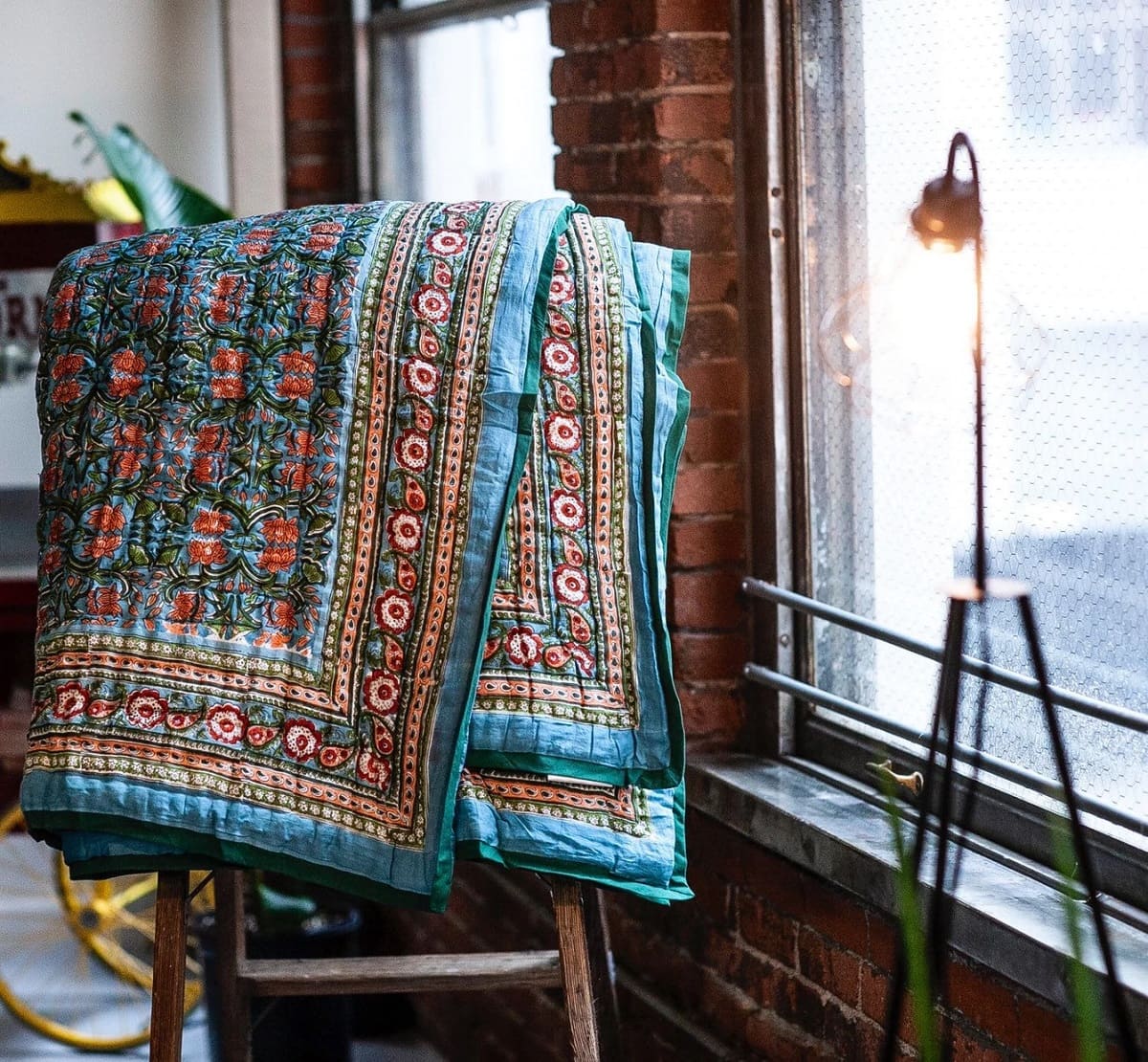
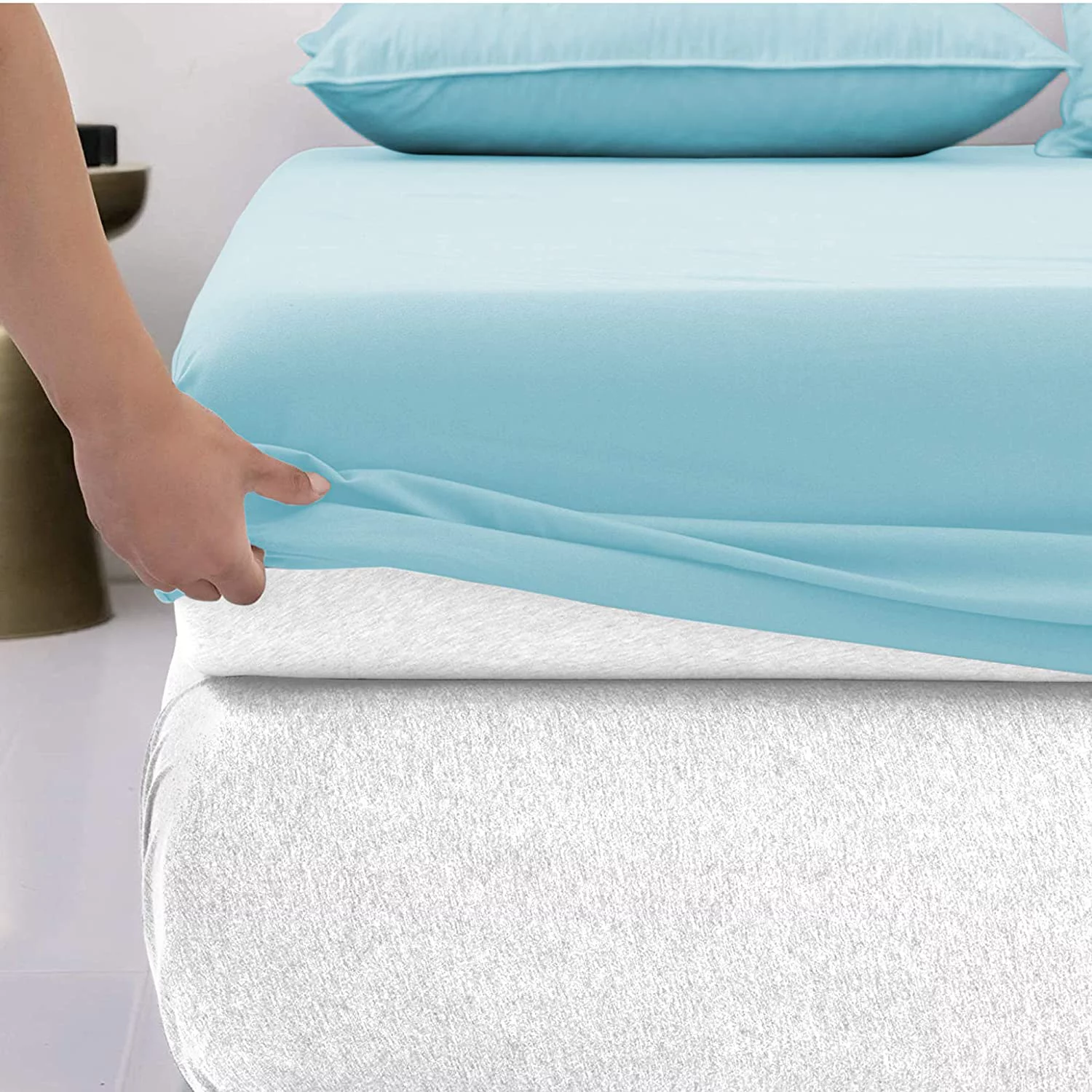
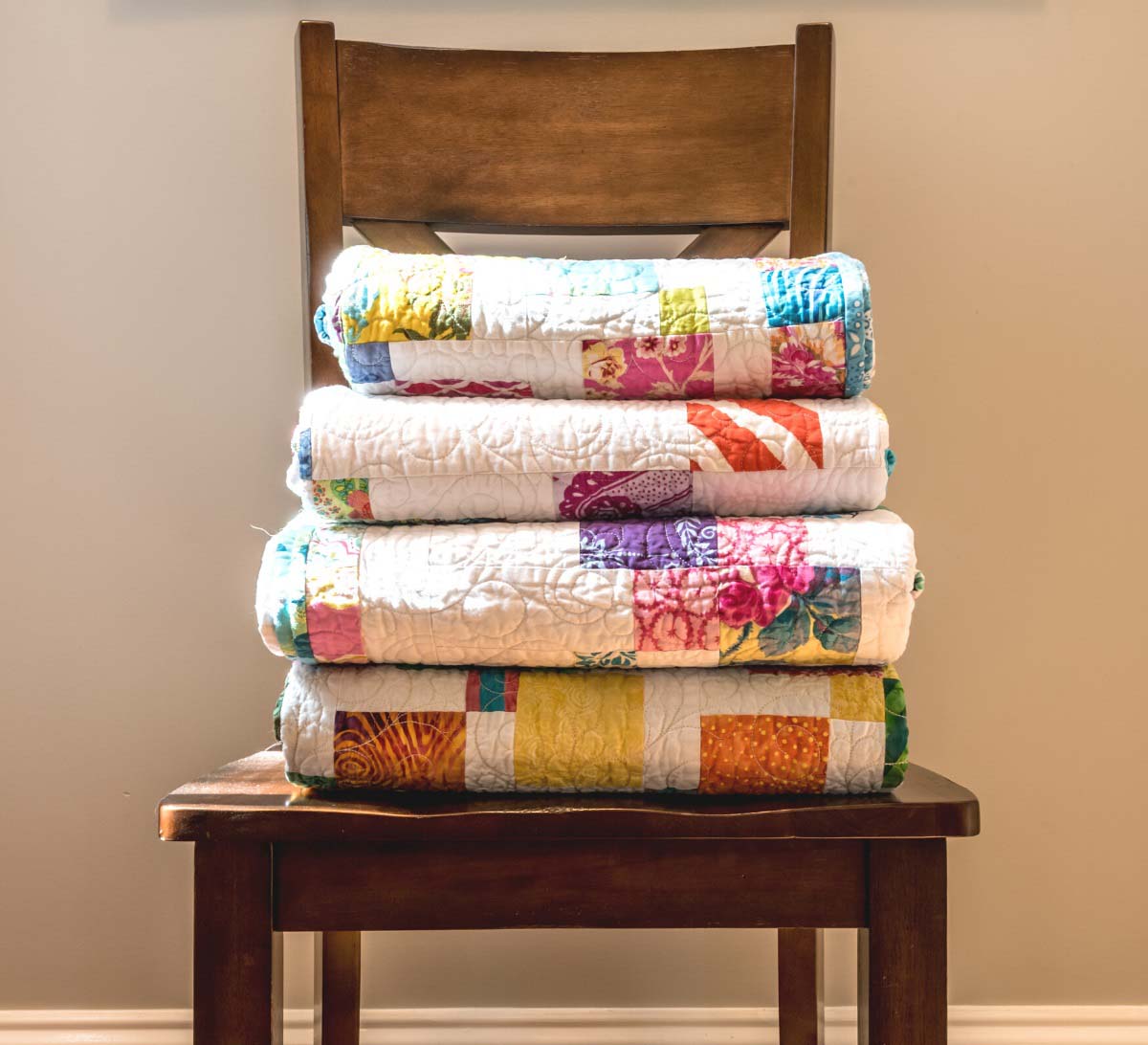
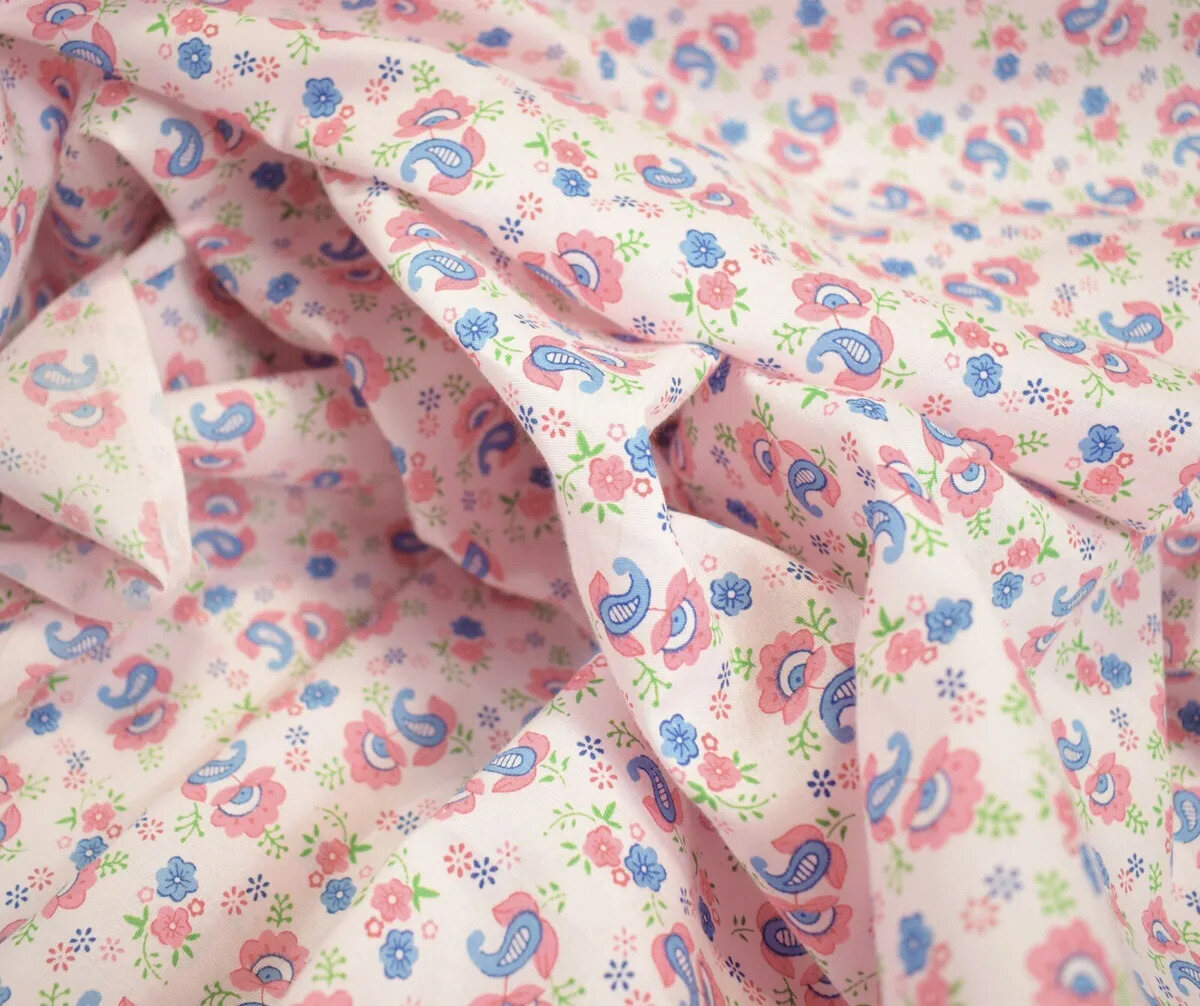
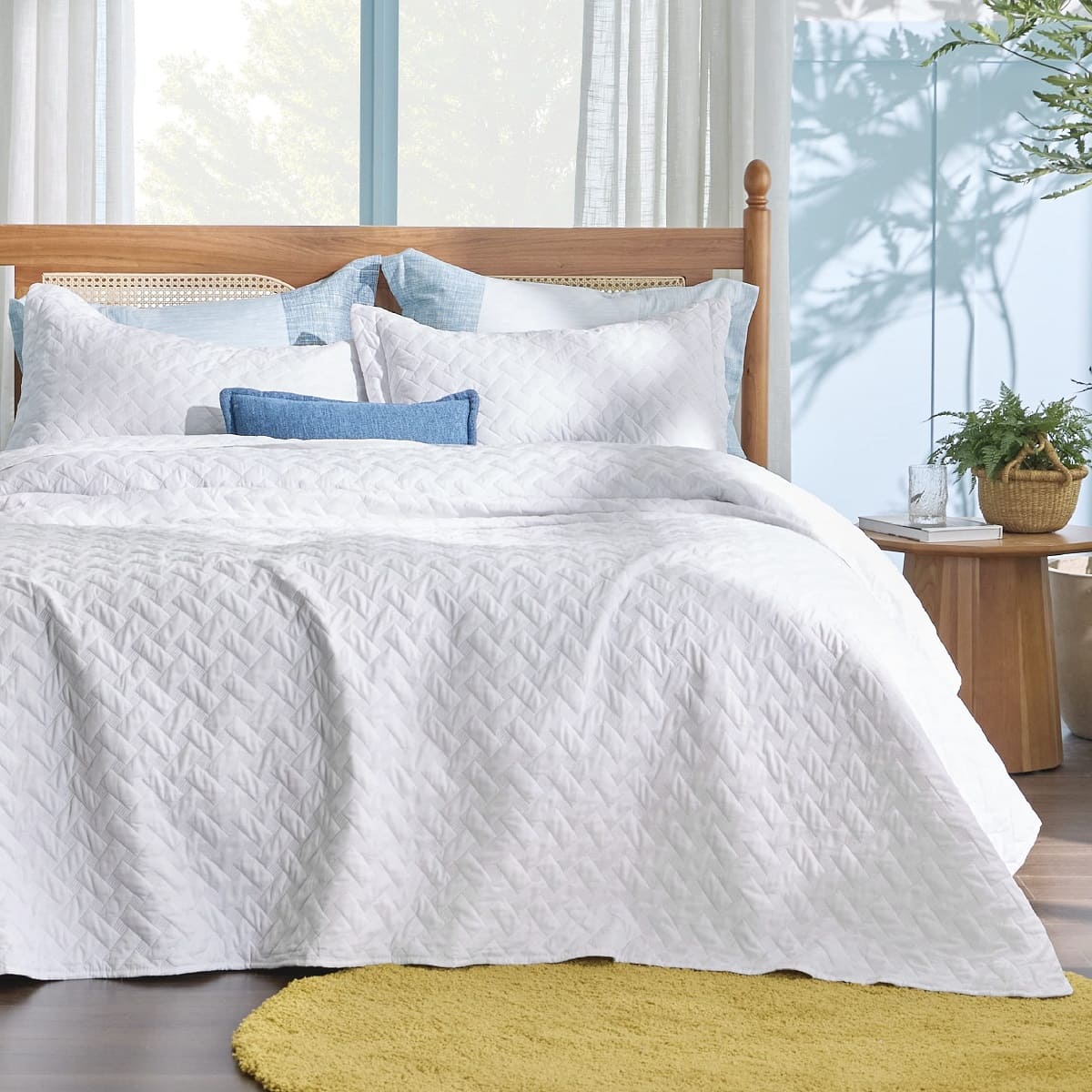
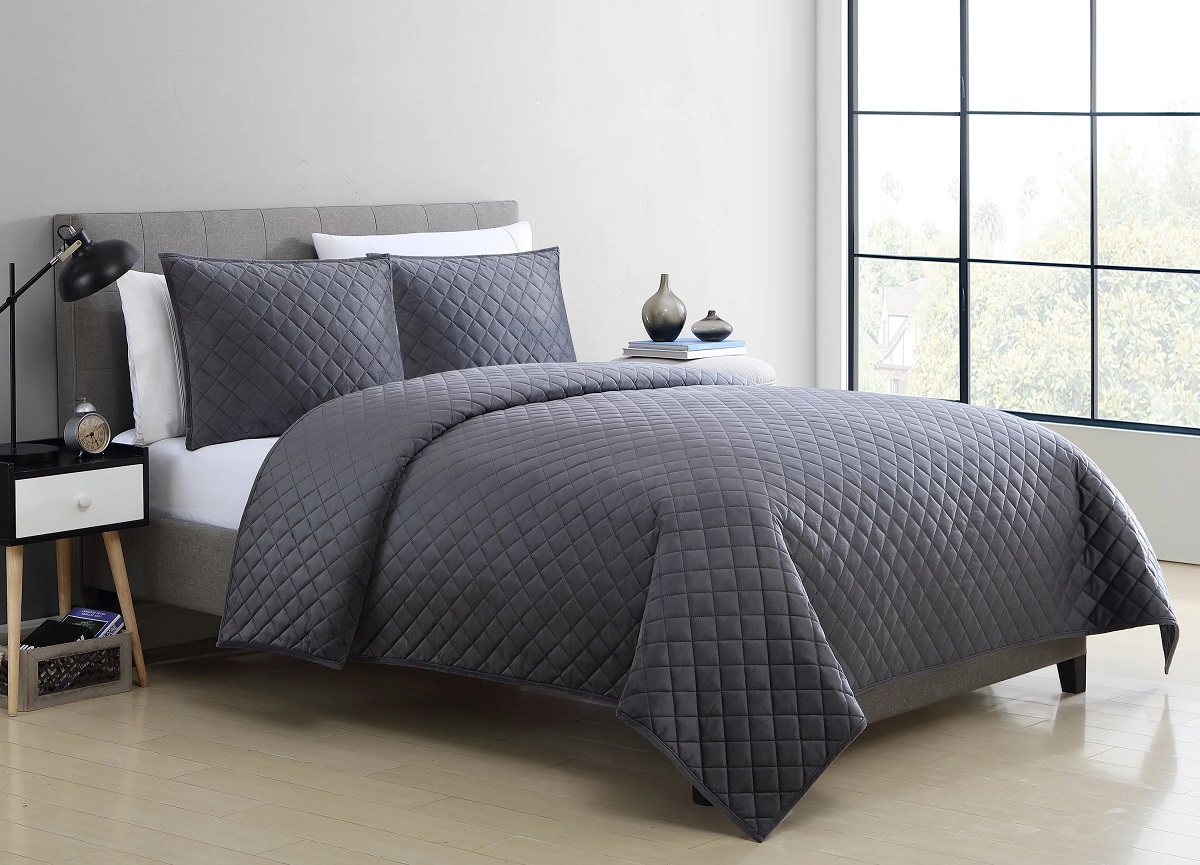
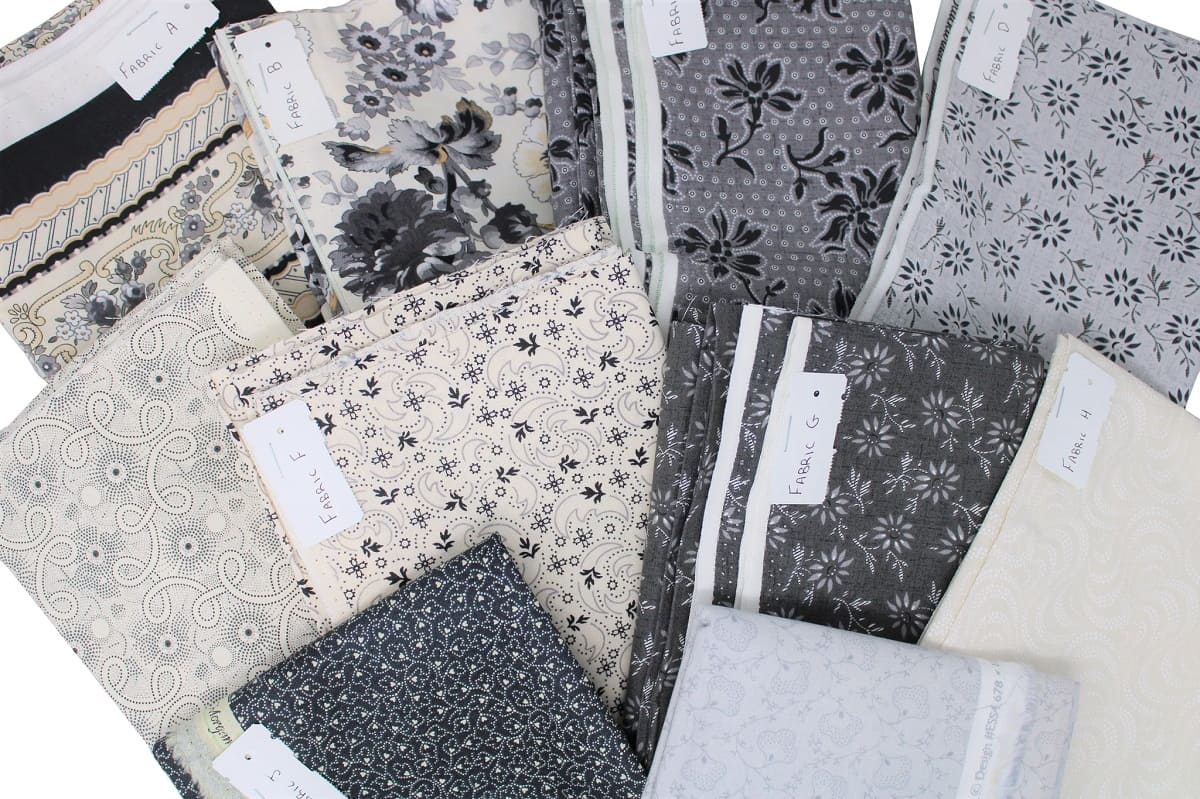
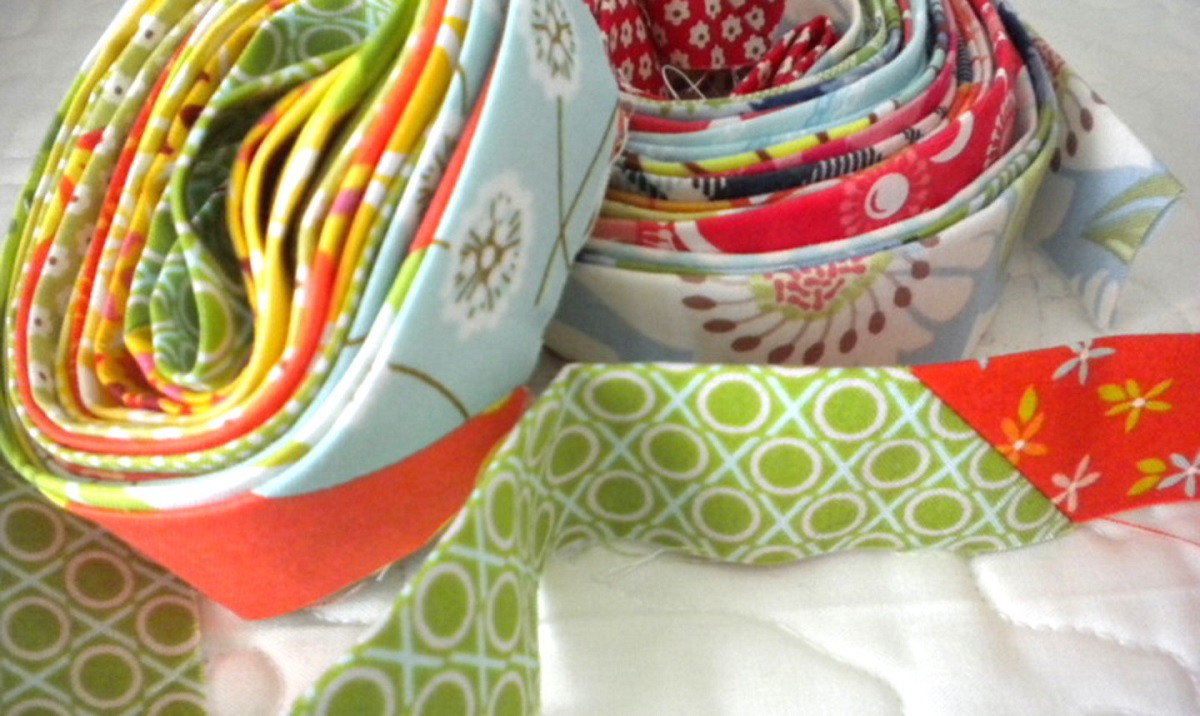
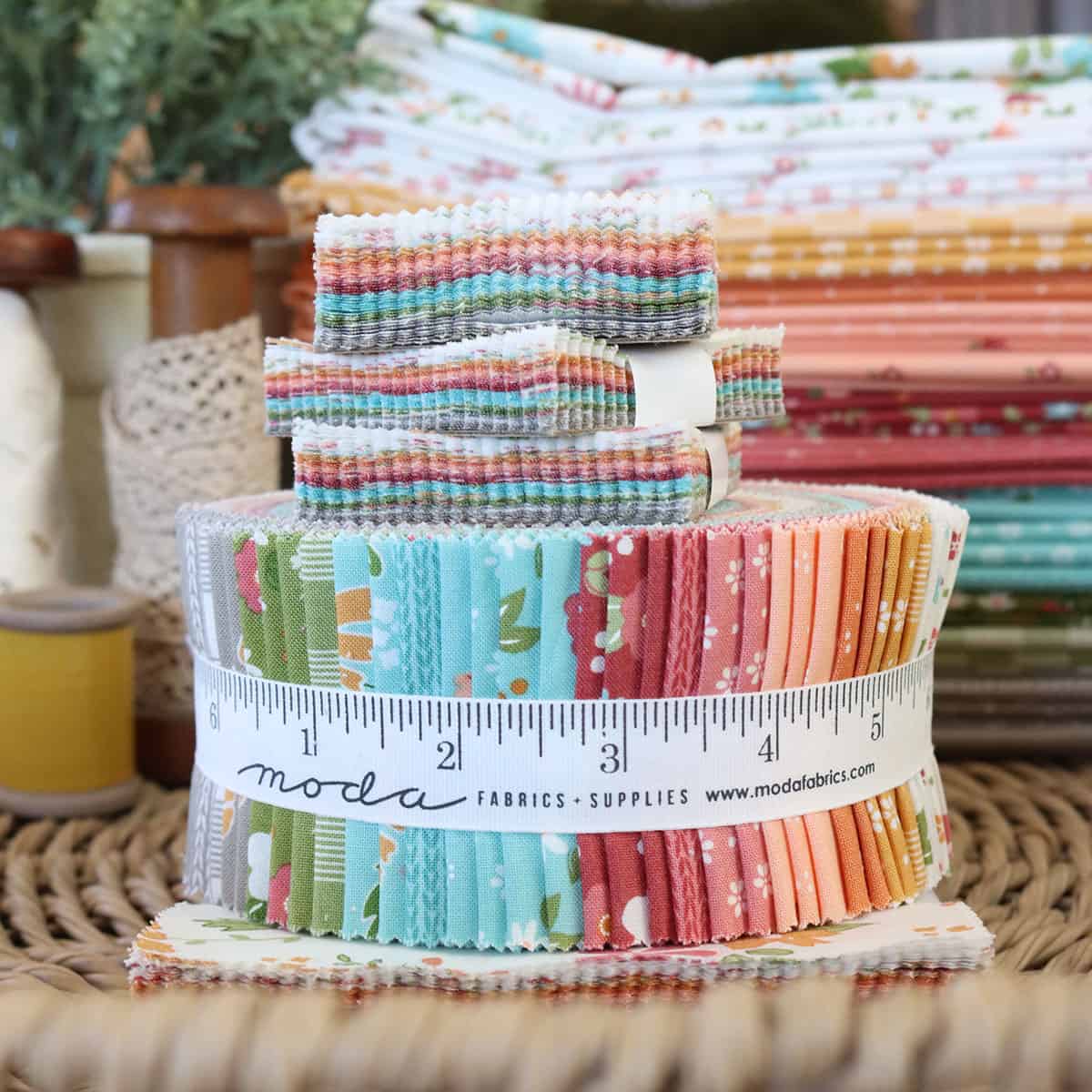
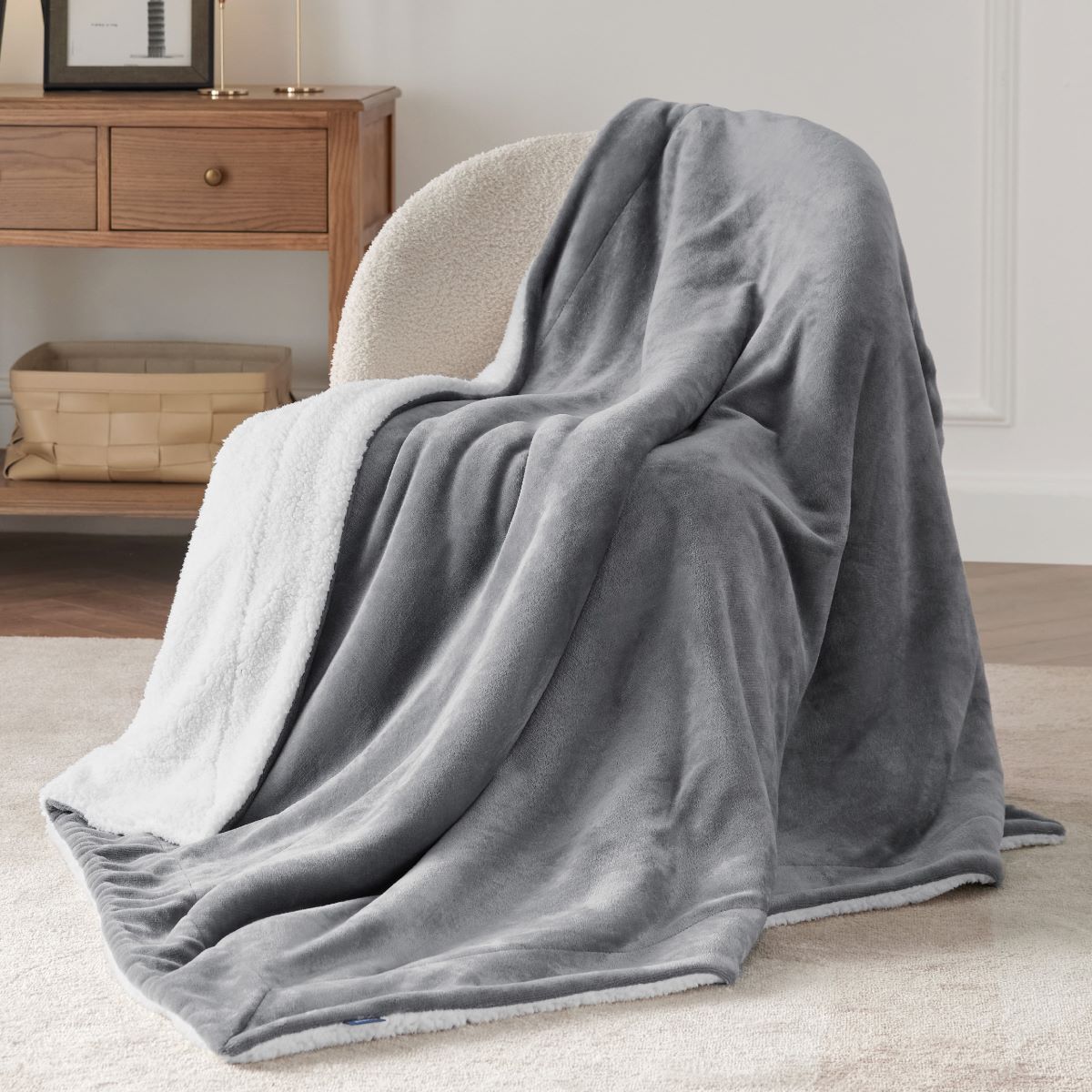
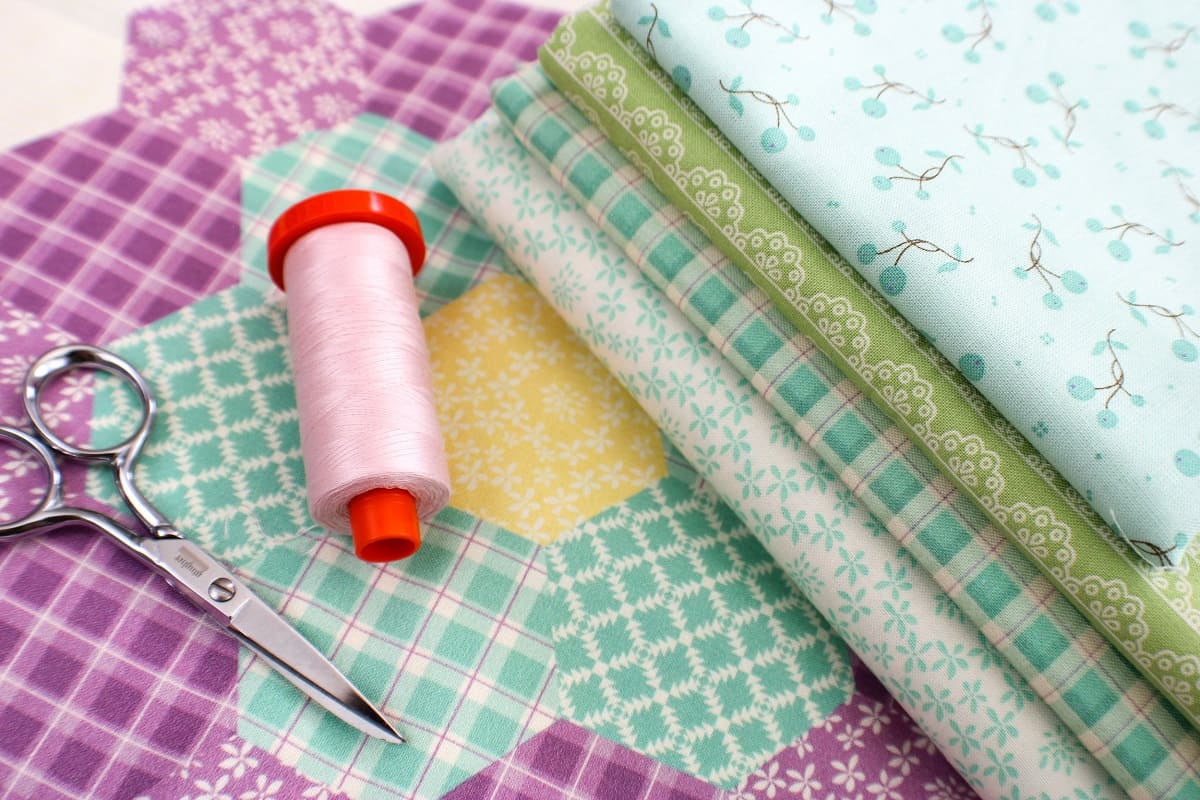

0 thoughts on “How Many Yards Of Fabric Are Needed For A King Size Quilt”